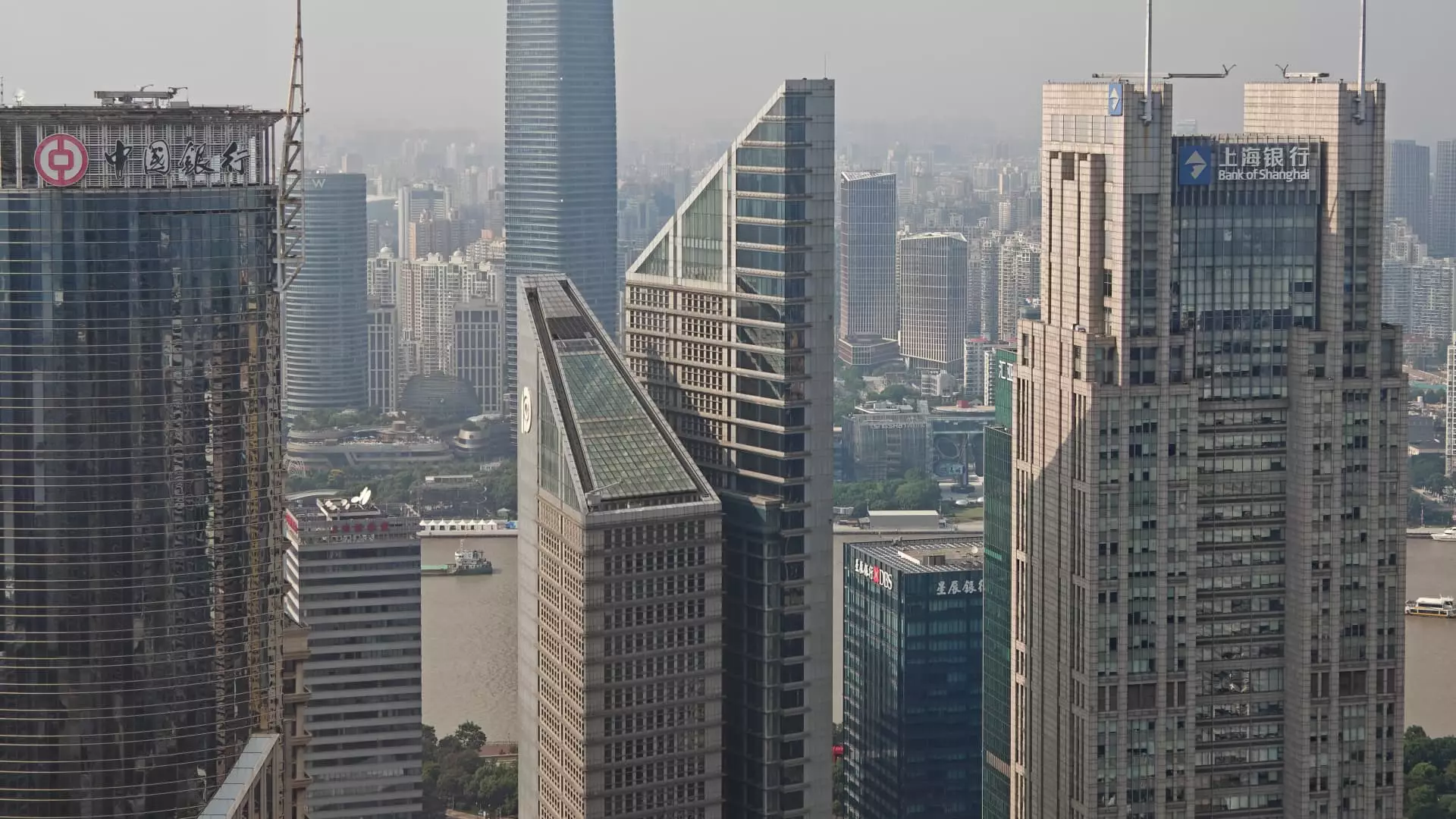The narrative surrounding China’s economic and technological trajectory remains mired in ambiguity, making it increasingly perilous for investors to navigate the landscape. Despite some stability in the broader market, the underlying risks are far from dissipated. The core issue lies in the persistent failure of Chinese policymakers to deliver tangible growth initiatives. This inertia signals a government that is more reactive than proactive, leaving markets vulnerable to sudden shocks. The recent stalling of growth efforts, coupled with the absence of decisive reforms, points to a fragile recovery at best and an impending downturn at worst. For the discerning investor, these signs are a clarion call to adopt a more conservative stance, preserving capital in anticipation of heightened volatility.
Mounting Geopolitical and Trade Tensions
Beyond economic fundamentals, geopolitical headwinds intensify the unpredictability of China’s market outlook. The looming expiration of the U.S.-China trade truce and the possibility of renewed tariffs introduce a new layer of risk. Trade uncertainties have historically triggered sharp sell-offs, and the current climate suggests these could escalate without warning. The potential for a trade dispute escalation in July and August, coupled with the upcoming Politburo meetings where growth policies are likely to be discussed without substantial reforms, adds to the unease. Investors are wise to question whether reliance on Chinese tech giants and export-dependent sectors can withstand the imminent external shocks. The risk of a sudden policy crackdown or trade restrictions remains tangible, and half-hearted optimism is a dangerous posture in this volatile environment.
Shifting Investment Strategies: A New Emphasis on Safety and Yield
As confidence wanes, a notable pivot toward dividend-yielding stocks underscores a cautious recalibration of investment priorities. High-dividend plays, especially within the financial, insurance, and utility sectors, are increasingly viewed as safer havens amid global uncertainty. Investors are gravitating toward stocks with consistent income streams, such as Hong Kong-listed Chinese insurers and energy giants, reflecting an aversion to high-growth but high-risk tech stocks. This shift also reveals a strategic retreat from the more volatile sectors that previously attracted foreign capital, like technology and innovation. While some hedge funds and institutional investors remain optimistic about China’s AI potential, the broader crowd is clearly more interested in preserving capital through steady dividends, even if it means sacrificing the allure of rapid growth.
The End of an Era for Tech and Innovation
The initial burst of enthusiasm for Chinese artificial intelligence and tech stocks appears to be cooling. The sharp gains in Hong Kong’s Hang Seng Index, driven predominantly by tech giants, are unlikely to be sustained as inflows into this sector decelerate in the latter half of the year. A complacent belief that China’s tech revival could offset broader economic stagnation is increasingly ungrounded. The reality is that many of these companies face regulatory crackdowns and an uncertain innovation environment, which could hinder long-term growth prospects. Meanwhile, domestic investors continue to hunt for higher yields in traditional sectors, further diminishing the allure of speculative tech investments. This transition marks a fundamental shift from a growth-driven market to one that prioritizes safety and income — a transition that savvy investors cannot afford to ignore.
The Diverging Paths of Mainland and Global Investors
The behavior of Chinese investors further exemplifies the fragility of the local market. With rising restrictions on capital outflows and limited access to foreign markets, mainland investors are increasingly turning to high-yield stocks within their borders. Companies like PetroChina and CR Power exemplify this trend, offering yields well above the market average. However, this crowding into high-dividend stocks raises questions about market liquidity and sustainability. Meanwhile, foreign investors remain cautious, viewing U.S. and European markets as safer options amidst China’s uncertain policies and internal turbulence. The disparity in investment sentiment underscores a growing fragmentation: domestic investors seek refuge in income and safety, while international players adopt a more cautious, diversified approach. This divergence signals underlying weakness in China’s long-term market stability—a weakness that will likely persist until meaningful reforms and economic reforms are enacted.
The current environment in China’s financial markets is fraught with challenges. Disregarding the signs of impending volatility and systemic risks might prove to be a grave mistake. For investors holding a long-term perspective rooted in center-right values—prioritizing stability, prudent risk management, and sustainable growth—the message is clear: skepticism is warranted, and caution is paramount.

